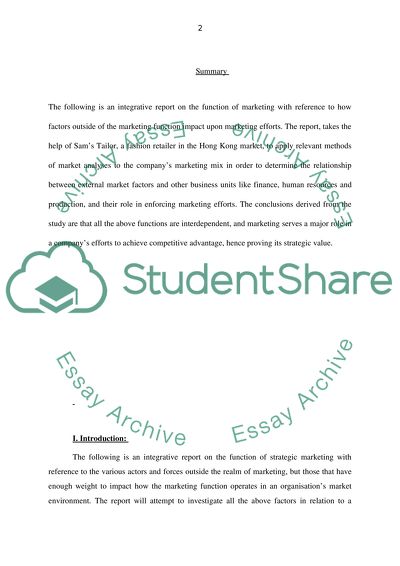Cite this document
(“Marketing Essay Example | Topics and Well Written Essays - 3000 words - 2”, n.d.)
Retrieved from https://studentshare.org/environmental-studies/1411910-marketing
Retrieved from https://studentshare.org/environmental-studies/1411910-marketing
(Marketing Essay Example | Topics and Well Written Essays - 3000 Words - 2)
https://studentshare.org/environmental-studies/1411910-marketing.
https://studentshare.org/environmental-studies/1411910-marketing.
“Marketing Essay Example | Topics and Well Written Essays - 3000 Words - 2”, n.d. https://studentshare.org/environmental-studies/1411910-marketing.


